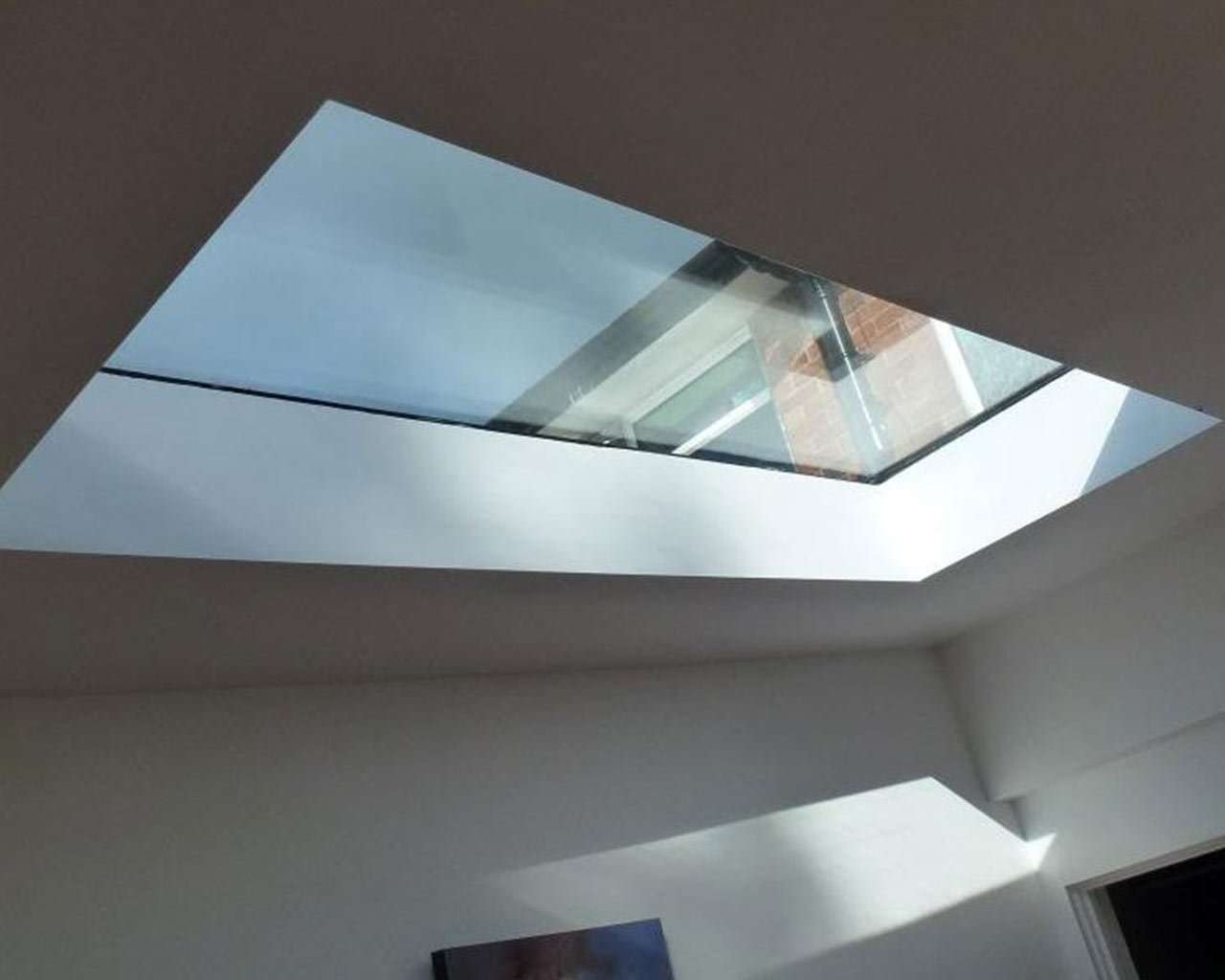During the time glass was still created manually and was therefore high priced, therefore initially architects had to arrange the utilization of top lanterns when developing fine area and country houses for rich clients.
In the second 1 / 2 of the Victorian era, glass began to be device built and became more affordable. At the same time frame society became more affluent and the curiosity about glass structures inspired by the Gem Palace built for the Great Exhibition of 1851, led to a better demand for glass to be used in the developing of domiciles,
Both the Victorian’s and Edwardian’s used top lanterns wherever these were necessary for equally useful and artistic factors – locally to present mild around landings and stairwells, in billiard rooms, reception areas and kitchens. Ceiling lamps were also incorporated in to the style and structure of hotels and in places of education and public structures such as for instance city halls and public libraries.
It is however correct that many of these fine and imposing structures were vulnerable to flow, as a result of limitation of modern structure and sealing materials. What’s more, single glazing designed that they allowed temperature to escape, and so the parts beneath them might be uneasy or high priced to heat through the winter. However, this designed that the owners usually paid down how big is the top lantern, and with it the available light, or boarded them over completely so your region beneath needed to be lighted with electric light. Ventilation was also often required in these early top lamps and this may only be provided by handbook opening with a turn pole to turn the screen device open or closed. Very awkward if it abruptly began to rain.
Luckily today we’ve the advantage of modern dried dual glazing methods, sophisticated sealing compounds and intelligent electric systems for opening and shutting roof lantern windows. These improvements, with the usage of covered double glazed panels make sure that modern top lanterns can keep a traditional look while providing, architectural Reliability and durability as well as excellent warmth properties.
What’s more, the use of tough wood timber and top quality microporous offers and spots assures that a modern top lantern will last for several years with minimal maintenance.

Christopher Cooper’s background placed training in architecture and conventional vessel creating, both of these abilities being put to excellent use in establishing his ceiling windows and glass skylights business. Beginning in 1985 top lanterns and roof windows became a regular piece in the buy book and although these original tasks were ‘one offs’ it easily became clear that there was an increasing need for a standard style which would permit more effective production. This reduced manufacturing prices, and the savings were reflected in the cost to client and industry customers. Nowadays he is one of the biggest providers of top lanterns in the UK.
Ceiling lanterns in their long-established kind are fundamentally ceiling lights made of wood and glass and resemble small-scale conservatory roofs. They’re normally integrated in to areas having flat roofs to be able to provide natural gentle into the parts underneath. There is also great possibility of integrating a ceiling lantern into the ridge of a roof. It could prove to be helpful for lots of areas if utmost interest is given to its proper style and installation.
